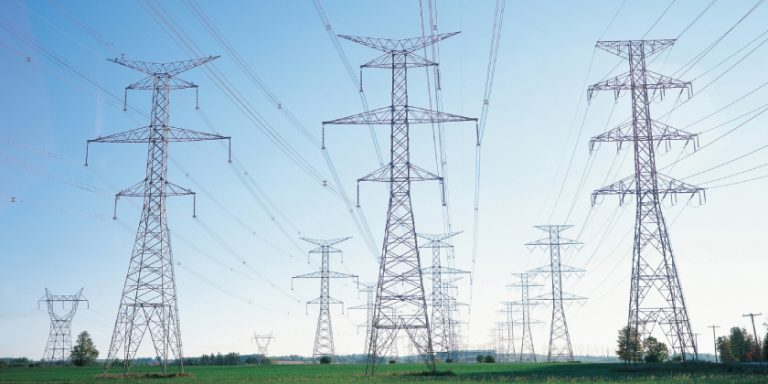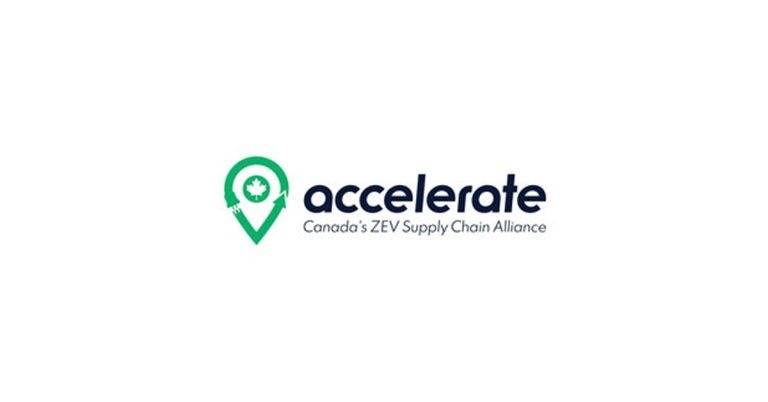New Design Options for the Clean Electricity Regulations

February 21, 2024
Last year, the Government of Canada released Powering Canada Forward: Building a Clean, Affordable, and Reliable Electricity System for Every Region of Canada, backed by over $40 billion to support each province and territory’s path to a cleaner grid. The Clean Electricity Regulations will be finalized later this year.
The federal government released an update on the consultations and on the design options being considered for the final Clean Electricity Regulations. These options address the feedback received during the last six months of extensive consultations with provincial and territorial governments, the Canada Electricity Advisory Council, Indigenous representatives, electricity providers, industry, environmental organizations, and interested Canadians.
The improvements under consideration would enhance the flexibility for provincial operators to continue to ensure reliable and affordable power while maintaining Canada’s ability to achieve its emissions reduction goal.
The updated regulatory design options involve a new approach to the core performance standard that would set an annual emissions limit that is tailored to each generation unit, based on its size. This would enable more efficient and cleaner units to run for longer periods of time. It would also increase flexibility to address peak power needs and the use of standby (or on-demand) power to support the build-out of cleaner technologies. This approach could be supplemented by offsets, emissions pooling, and a more flexible approach to industrial cogeneration.
Before finalizing the Clean Electricity Regulations later this year, the Government of Canada will continue to engage on these options under consideration with interested stakeholders, including provinces and utilities. Continued collaboration is essential to ensure that the Clean Electricity Regulations deliver significant emissions reductions while supporting reliability and affordability. Comments on the potential changes are welcome until March 15, 2024, and can be submitted by email to ecd-dec@ec.gc.ca.
- By 2050, as Canadians use more clean electricity, they are expected to spend about 12 percent less on energy overall.
- Achieving a net-zero electricity system is a shared responsibility between federal, provincial, and territorial governments. Provinces and territories are responsible for the management of electricity systems, including the pace and extent of electricity generation, transmission, and distribution.
- The Government of Canada estimates that regardless of the implementation of the Clean Electricity Regulations, it will cost more than $400 billion nationally through 2050 to undertake routine replacements of aging facilities and expand generation capacity to meet the expected increase in demand.
- The federal government is investing over $40 billion to support the clean electricity transition. This includes funding for the Smart Grid Program; the Energy Innovation Program – Smart Grids; the Smart Renewables and Electrification Pathways Program; concessional financing provided by the Canada Infrastructure Bank and Investment Tax Credits for Clean Electricity; clean technology; clean hydrogen; and carbon capture, utilization, and storage.
- The Canada Electricity Advisory Council is an independent body of 19 experts who provide the Government of Canada with advice on actions needed to achieve our 2035 and 2050 net-zero emissions goals as they pertain to electricity. It was established in May 2023 and recently issued its interim report.








